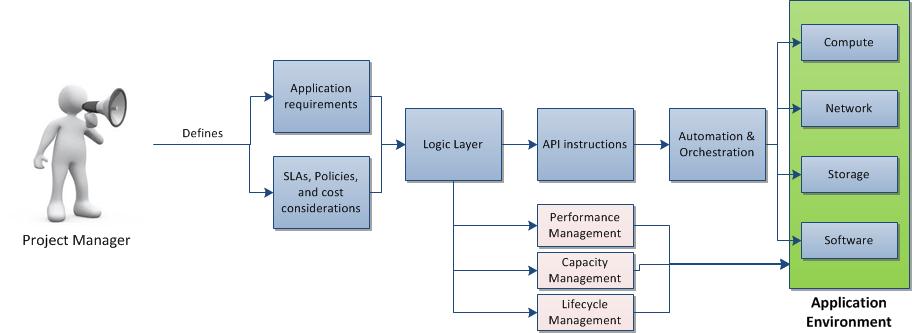When I picked “The Journey to the Cloud” as the working title for one of my fall research projects, I triggered some immediate reactions from colleagues and customers, whose opinions I value. And while I typically do not place too much importance on selecting a working title and also did not intend to just warm up an earlier research piece on that same topic, these reactions prompted me to take a minute to think about how we can best target our research for maximum customer benefit. As EMA is conducting this research for our customers – vendors and end users – why not talk to exactly these people to find out which specific issues they want to learn more about? And so we did…
The first few conversations showed that customers have tremendous interest in having a stake in our research. Just listening to the CEO of a major cloud platform vendor express his frustration regarding the lack of granularity and specificity of customer data revealed through many traditional research studies was enlightening. For example, he wants a study that not only provides statistics about what percentage of companies are using which hypervisor, but he is looking for information on what type of businesses are running what kind of workloads on which hypervisor and why. Furthermore, he wants to learn more about the decision factors for customers to place a workload to a public cloud, such as Amazon EC2.
At the end of many more vendor conversations, we will look for common themes and patterns to determine the core focus point of the, dare I say it again, “journey to the cloud” research project. These areas will be centered on how vendors of cloud-related software can best address customer requirements and understand the customer thought process when considering and evaluating the various cloud solutions that are out there.
Especially when it comes to “cloud” research, I think we cannot be conscientious enough when coming up with an original and customer centric approach. Almost every organization is currently planning to kick off or expand their cloud strategy. The more we all – analysts, vendors, and end customers – understand about the underlying decision processes, the better we can work together to help provide customers with what they really need: a cloud strategy that is a workload-aware extension of the organization’s current data center and eliminates existing technology silos, instead of creating new ones.




